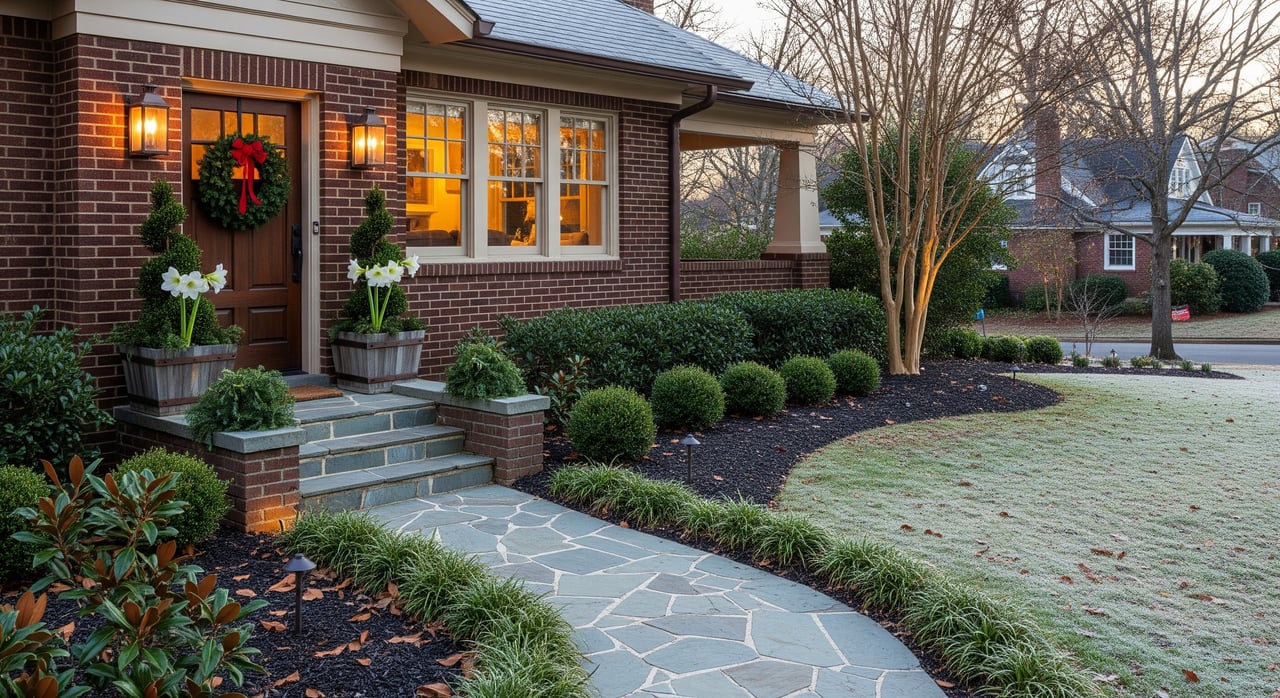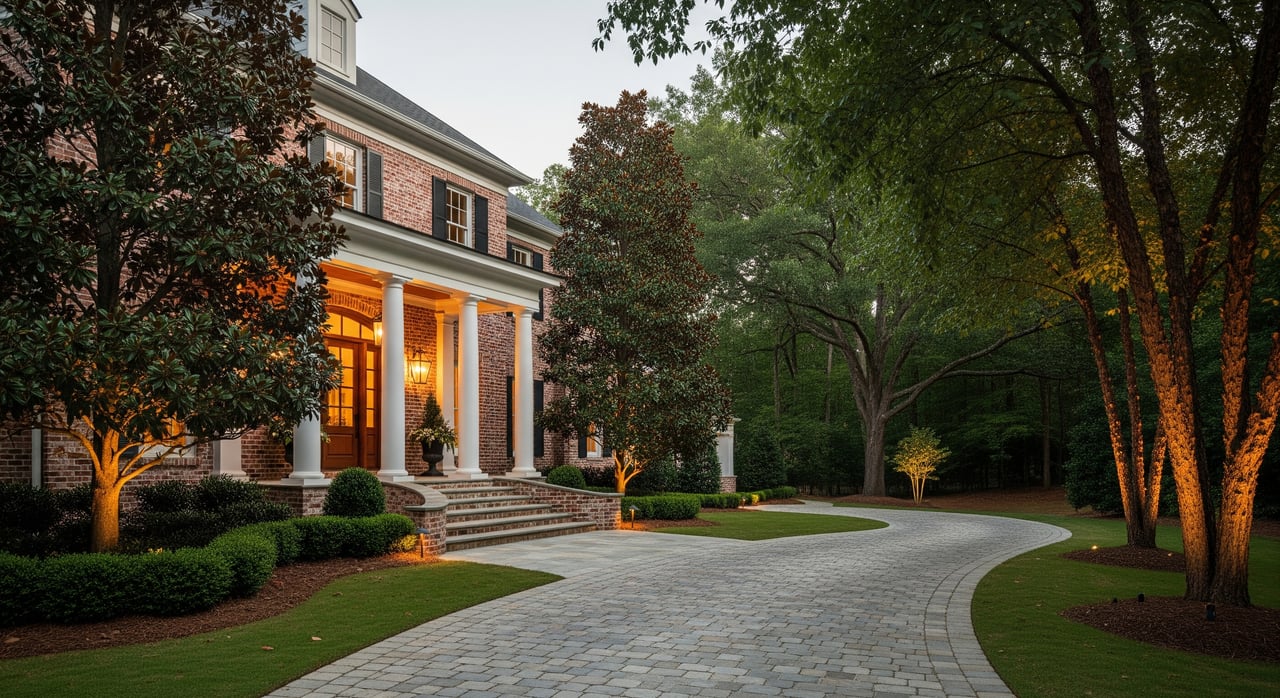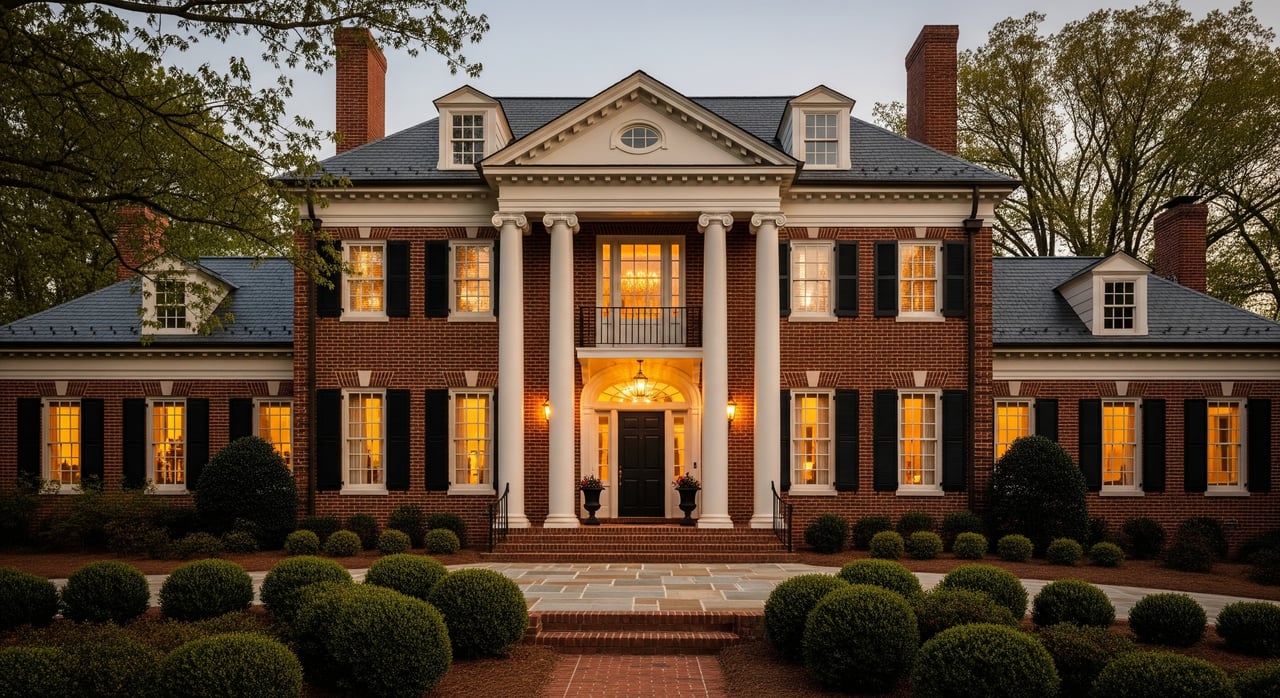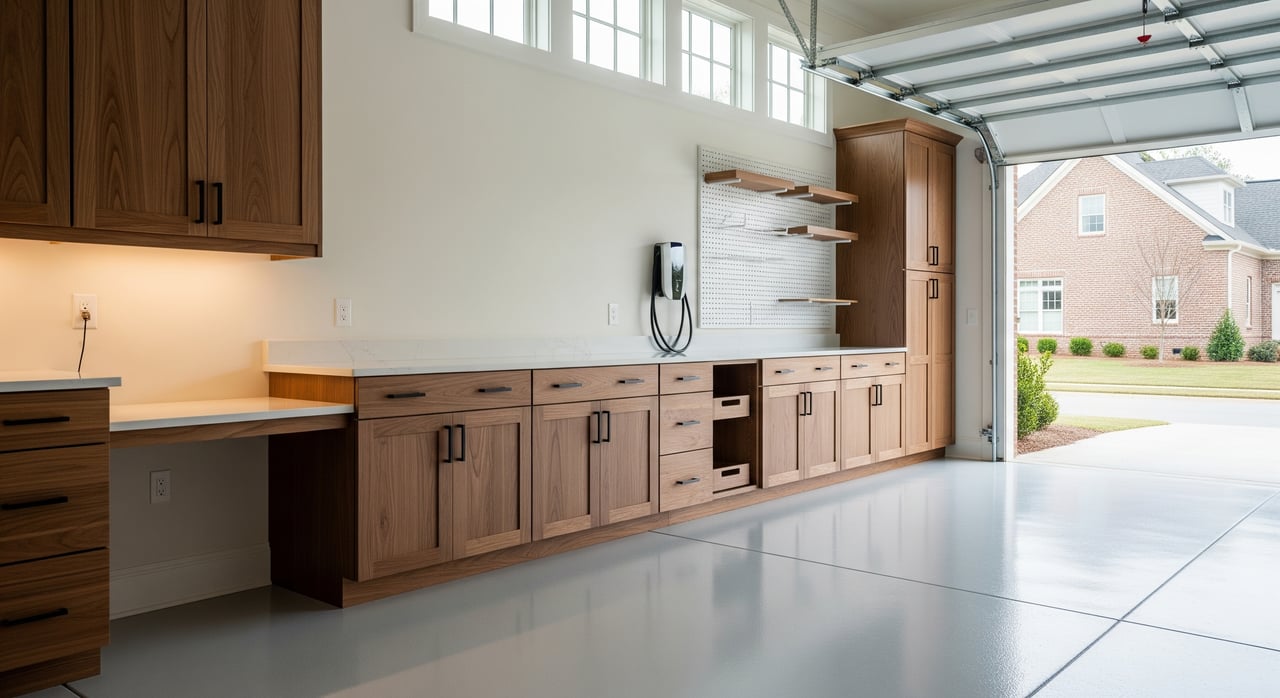Relocating is more than just moving into a new home – it’s also about moving into a new community that reflects your lifestyle and personal values. Here’s how to find the best neighborhoods to live in Birmingham, AL.
WHAT BIRMINGHAM, AL IS KNOWN FOR
Known as “Magic City” for its rapid growth during the manufacturing age of the late 1880s, Birmingham’s ascent from a humble stop along the North and South Railroad to a booming industrial center is nothing short of miraculous. Over the past century, it has transformed into a prosperous city with first-rate amenities, desirable neighborhoods, and a vibrant downtown.
Tucked away in the foothills of the Appalachian Mountains, it’s home to a diverse population of more than 197,000. It serves as the seat of Jefferson County and is its most populous city to date. Encompassing roughly 150 square miles in the north-central region of Alabama, Birmingham’s location in the Jones Valley makes it an attractive option for those who want easy access to hiking trails and scenic overlooks.
Birmingham consistently ranks among the places to live in the United States for outdoor leisure, culinary scene, world-class entertainment, job opportunities, and prime real estate.The best neighborhoods to live in Birmingham, AL are within walking distance of award-winning restaurants, shops, and cultural venues. With a high quality of life, this city is considered as the South’s best-kept secret.
Accessible via Interstate 20, I-59, and I-65, Birmingham offers residents efficient public transport with city buses, the Amtrak train station, and a well-developed transit network. The city also has biking infrastructure and bike share programs.
The Birmingham-Shuttlesworth International Airport is located roughly five miles from downtown. The airport is serviced by six airlines, including Delta Air Lines, American Airlines, United Airlines, and Southwest Airlines, with more than 100 daily flights to 17 destinations throughout the U.S.
A short history of Birmingham, AL
Founded in 1871 by a group of railroad investors, the city lies at the junction of two rail lines near one of the richest mineral deposits in the world. Named after Birmingham in England, which was also a thriving industrial center in the United Kingdom, it became the seat of Jefferson County in 1873. It weathered the cholera epidemic and economic panic that same year to become the steel and iron center of the American South.
The opening of the Pratt Mines and Sloss Furnace in 1882 made excellent use of the abundant deposits of iron ore, coal, and limestone for smelting, making steel, and manufacturing cast-iron pipe and wrought-iron furniture. Birmingham has since diversified its economy to become a banking and medical research hub, although manufacturing and coal mining are still major sectors.
Fun facts
-
It’s the only place in the world where all the ingredients needed for making iron (iron ore, coal, and limestone) are all available within a 10-mile radius.
-
Known for fried pie and BBQ, Birmingham has a sophisticated dining scene and is home to several James Beard award-winning restaurants.
-
Birmingham is the birthplace of National Veterans Day, which was founded in 1947 when World War II veteran Raymond Weeks petitioned the U.S. government to rename Armistice Day to honor all war veterans. The city also hosts the oldest and largest Veterans Day celebration in the U.S.
-
It was a focal point of the Civil Rights Movement of the 1960s with the Civil Rights District having been designated as a National Monument.
A snapshot of the real estate market
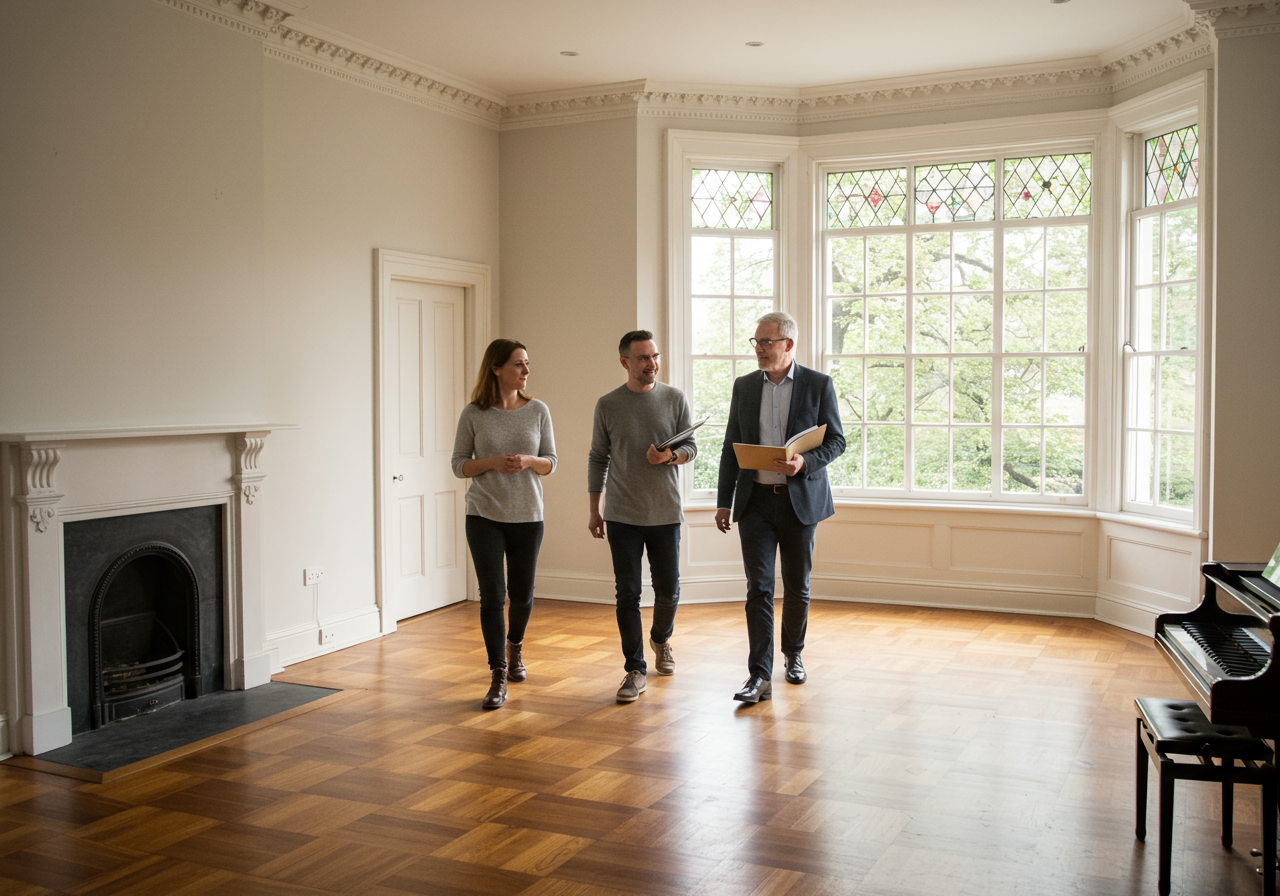
The Birmingham residential real estate market is quite robust with home prices rising steadily over the last decade. The demand for housing is partly driven by the strong job market, which is expected to grow and to continue attracting top talent from all over the nation. Birmingham is home to Regions Financial, a Fortune 500 company, and five other Fortune 1000 companies, which contribute to economic growth.
The University of Alabama at Birmingham (UAB), an esteemed research university with a 43-acre campus, also attracts a large student population each year, driving the demand for housing. There were 22,563 students enrolled at UAB for the academic year 2020-2021. Although the university has residence halls, many students choose to live off-campus, finding rentals in the best neighborhoods to live in Birmingham, AL. This makes the city an attractive option for property investors.
THE BEST NEIGHBORHOODS TO LIVE IN BIRMINGHAM, AL

Just sold in Birmingham: a 4-bed, 2.5-bath, 2,238-square-foot home close to the University of Alabama
- Downtown Birmingham encompasses several neighborhoods, including Central City, Druid Hills, and Fountain Heights. It offers a fine selection of condos and apartments within close proximity to offices, shops, cafes, and restaurants. Although it’s one of the pricier neighborhoods in the city, buyers are willing to pay a premium to be able to live in a central location.
- Central City is situated in a former industrial area downtown. It harbors a collection of apartment and office buildings with gorgeous red brick exteriors, many of which have been converted into modern lofts and condos. As one of the best neighborhoods to live in Birmingham, AL, Central City is within walking distance of trendy boutiques and restaurants, making it the perfect option for those who want to live in the ultimate live-work-play environment. Known for its exciting nightlife and restaurant scene, this neighborhood offers residents easy access to bars, live music venues, and art galleries.
- Northside also falls within the downtown area, encompassing parts of Central City and the neighborhoods of Evergreen, Druid Hills, Fountain Heights, and Norwood. Northside is home to several historic landmarks, including the 16th Street Baptist Church.
- Five Points South is home to UAB and consistently ranks among the best neighborhoods to live in Birmingham, AL. Located near downtown, it’s an exciting social and intellectual hub with pedestrian-friendly streets, historic architecture, robust sports culture, and a vibrant nightlife scene.
- Forest Park is an affluent neighborhood with historic homes, beautiful parks, and quiet, tree-lined streets. Nicknamed “The Country Club District” for its gorgeous homes and well-heeled residents, the neighborhood is conveniently located along Highway 78, just east of downtown.
- Glen Iris is sought for its newly constructed apartment complexes, historic brownstones, and stately Victorians. It has a suburban feel with easy access to Riverchase Galleria Mall, Red Mountain Shopping Center, and the downtown area. It’s located along Interstate 65 on the southwestern edge of Five Points.
- Highland Park is one of the oldest neighborhoods in the city and offers a wealth of historic homes with Colonial, Craftsman, and Tudor-style architecture. It also has well-maintained parks and streets, offering respite from the bustle of downtown and the university area. It’s also a haven for pet owners with several dog-friendly parks within the vicinity.
- Red Mountain encompasses the residential enclaves of Forest Park, Highland Park, Red Mountain, Redmont Park, and English Village. It’s a pedestrian-friendly neighborhood with historic homes and green spaces. Located in the southeastern portion of the city, Red Mountain is part of the Appalachian Mountains and provides ready access to hiking trails with sweeping views of the city. It’s also home to the Birmingham Zoo and the Country Club of Birmingham.
- Southside, also known as Lakeview District and North Lakeview Industrial District, was designed as a hub for the streetcar system. It has an excellent mix of new construction homes as well as older industrial buildings that have been converted into modern lofts and condos. The neighborhood is surrounded by Forest Park, Five Points South, and downtown, which makes it easy for residents to get to shops, restaurants, offices, and parks.
How to choose the right neighborhood
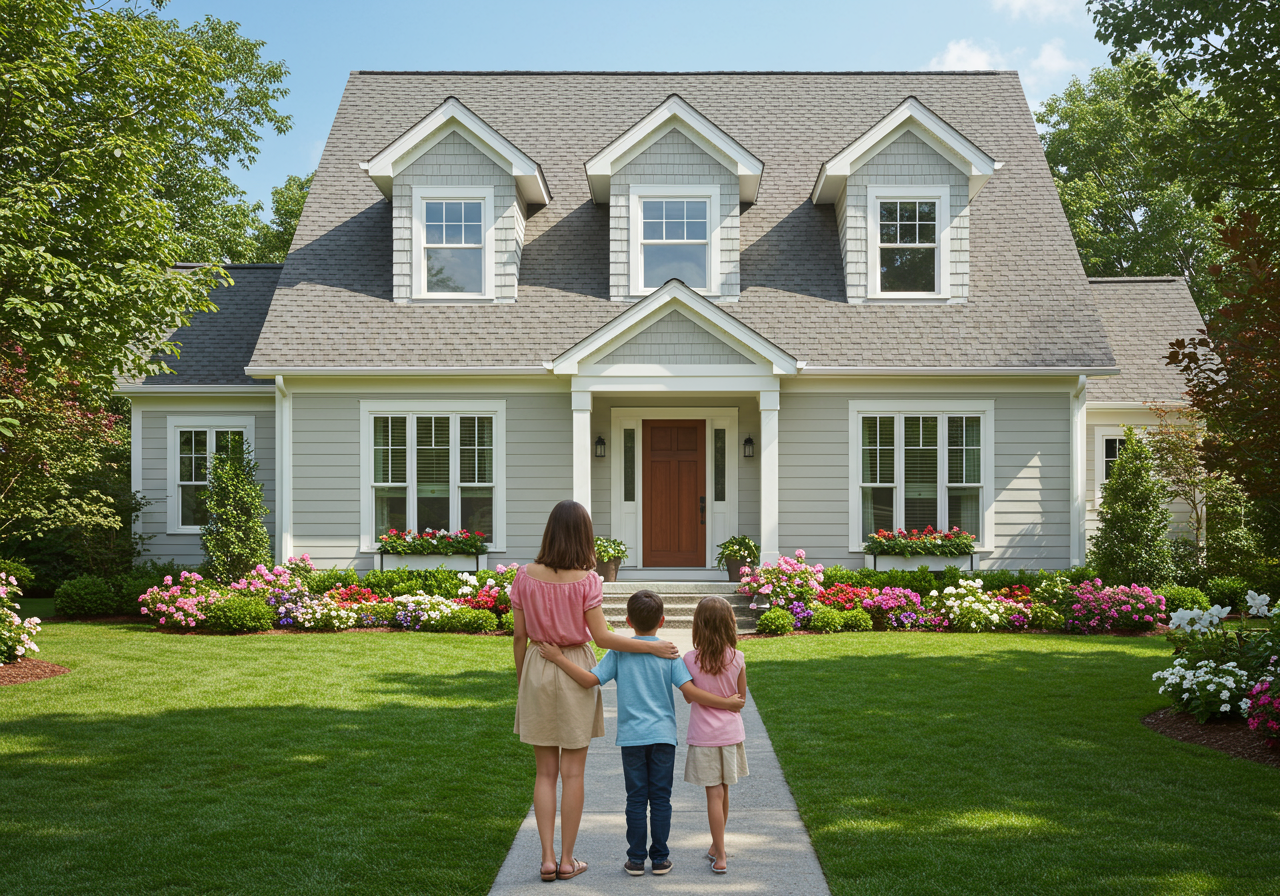
With so many amazing neighborhoods in one city, choosing is truly the hard part. Here are some tips for selecting the right neighborhood in Birmingham:
- Drive around the neighborhood:
Aside from touring properties, going for a drive around the neighborhood will give you a feel for the area and offer a glimpse of the general lifestyle. It will also show you any features or issues (such as potholes or construction sites) within close proximity of the property that are not readily shown in real estate photos and videos.
- Visit at different times of the day and week:
If the neighborhood gets varying amounts of foot traffic and activity, it’s worth driving around the area at different hours of the day and week to see how the ebb and flow of people can potentially affect your daily commute and enjoyment of the property. This is especially important for neighborhoods located in and around the business district, where the daytime population may be significantly different than the nighttime or weekend population. - Ask about the schools:
If you’re sending children to school, find out which public and private schools serve the neighborhood before making a commitment to buy a home in the area. You can visit the school ahead of time to check that their classes, activities, and facilities are up to standard. - Inquire about future developments:
Are there any planned developments in the area that might block your view or cause noise levels that can negatively impact your quality of life? Reach out to the neighbors and community leaders for more information on planned and on-going construction work in the area. - Reach out to the homeowners association (HOA):
If you plan on buying in a HOA-governed residential development, learn about fees, processes, litigations, and covenants, conditions, and restrictions (CCRs) that can affect your usage or enjoyment of the property.
ACTIVITIES AND ATTRACTIONS IN BIRMINGHAM, AL

Shopping and entertainment
- Downtown Birmingham is jam-packed with designer boutiques, bookstores, hotels, restaurants, cocktail lounges, and live music venues.
- Riverchase Galleria features more than 200 stores with major retailers like Aerie, Aeropostale, Aveda, Costco, and JCPenney. Other highlights include Grande Atrium Park and the Wynfrey Hotel.
- The Market at Pepper Place is a certified farmers market and art fair that takes place every Saturday. The market features vendors and businesses selling locally sourced produce, cured meats, baked goods, artisanal tea, and pet treats.
- The Summit has over 100 stores and casual dining restaurants as well as an AMC theater with stadium seating and 3D screenings.
Parks and recreation
- Avondale Park is a 40-acre park with a spring-fed lake, rose garden, outdoor amphitheater, community library, multi-use trails, tennis courts, and baseball and softball fields. It is the former site of Birmingham Zoo and underwent beautification in 2011.
- Railroad Park offers 19 acres of green space for concerts, cultural events, and recreational use in downtown Birmingham. Designed by landscape architect Tom Leader, the park is populated by elm trees, catmint, iris, tiger lily, and daffodils. It features a glistening lake, skate area, outdoor gym, playground equipment, and walking trails.
- Rotary Parkis a linear park with a four-block trail for walking, running, and biking. The Rotary Trail is part of the Jones Valley Trail Corridor and is one of the most photographed trails in the city.
- The Birmingham Zoo is dedicated to the care and conservation of animals from around the world. At 122 acres, the zoo is home to over 550 animals, including elephants, giraffes, zebras, lions, monkeys, and exotic cats.
Sports
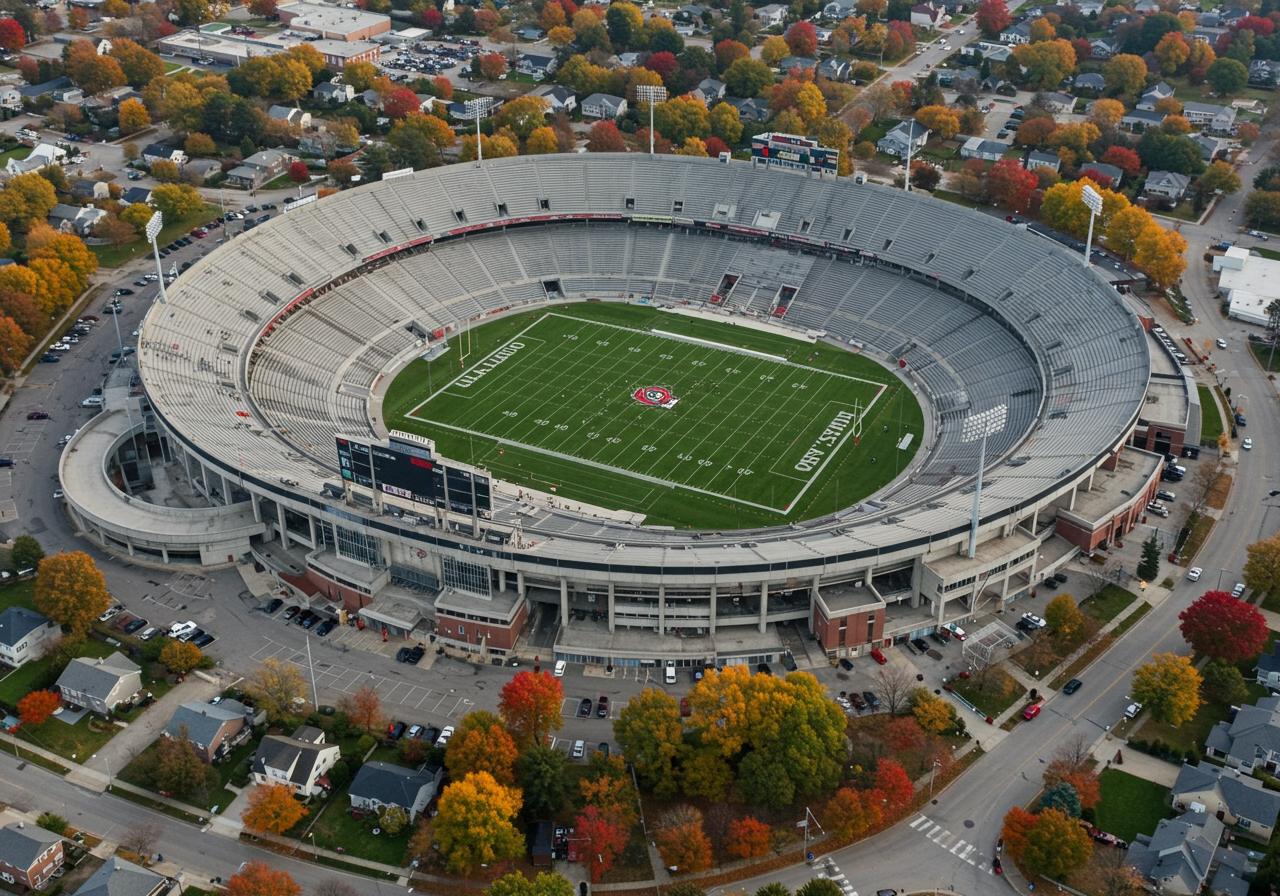
- Legion Field Stadium is a 71,000-seat facility that hosts local high school matches, concerts, and the Magic City Classic. Nicknamed the “The Old Gray Lady,” it was built in 1927 and previously hosted the Iron Bowl, 1996 Olympic soccer games, and 2022 World Games.
- Rickwood Field was opened in 1901 and is recognized as the oldest baseball park in the nation, having hosted baseball legends like Babe Ruth, Willie Mays, and Joe Jackson.
- The Barber Motorsports Park is a scenic and state-of-the-art racing facility adjacent to the Barber Vintage Motorsports Museum. It hosts various events and festivals.
- The Robert Trent Jones Golf Trail features some of the finest 18-hole golf courses in Alabama, two of which are located within Birmingham.
History, art, and culture
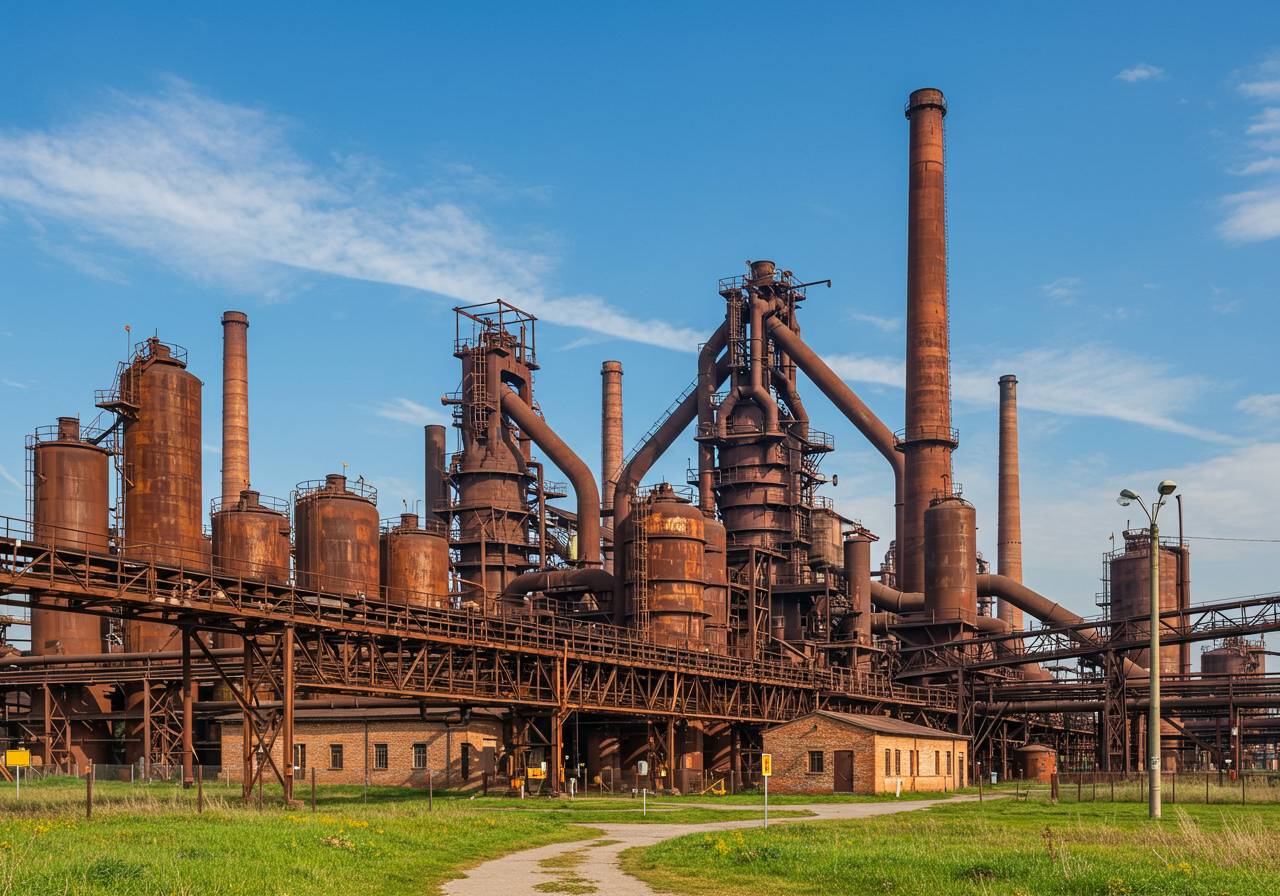
- Arlington Antebellum Home & Gardens is a historic Greek Revival-style home that dates back to 1840. Built by Judge William S. Mudd, one of the city’s founders, the home serves as a museum showcasing 19th century furniture and decorative arts.
- Sloss Furnaces is a museum and National Historic Landmark dedicated to metalwork, cast iron art, and Birmingham’s industrial past. It is housed in a former industrial site that produced iron for almost 90 years.
- The Alabama Theatre is a 1927 movie house with a seating capacity of 2,500 and the Mighty Wurlitzer pipe organ for live accompaniment. It produces shows, concerts, and dance competitions, and hosts film screenings.
- The Avondale Park Historic District was included on the National Register of Historic Places in 1998. Spanning 200 acres, the district has 425 historic sites, structures, and buildings, some of which date back to 1886. It also harbors architecturally significant works by local firm Burnham & Greer with fine examples of Queen Anne, Tudor Revival, and Colonial Revival design.
- The Barber Vintage Motorsports Museum is known for having the world’s largest collection of antique, vintage, and contemporary motorcycles and racecars. Its exhibitions include rare and valuable models from Ducati, Royal Enfield, and Lotus Cars.
- The Birmingham Civil Rights Institute (BCRI) is a cultural venue and educational research center dedicated to civil rights history in the city. As a Smithsonian Institution affiliate, it hosts permanent, traveling, and special exhibitions of photographs, sculpture, artifacts, and memorabilia.
- The Birmingham Museum of Art harbors a collection of more than 26,000 artifacts and contemporary artworks from Asia, Europe, and Africa. It also hosts rotating exhibits, lectures, and special events.
- The Lyric Theatre is a vaudeville theater dedicated to opera, ballet, and symphony shows.
- The Reynolds-Finley Historical Library at UAB Library has a collection of more than 20,000 books, including rare books, journals, and manuscripts on the history of science, medicine, and healthcare dating back to the 1300s and mid-1900s. It also features displays of historic medical items and devices on the third floor.
- The Virginia Samford Theatre at Caldwell Park is a landmark playhouse built in 1927 and is considered the oldest performing arts venue in Birmingham. It hosts musicals, plays, and acting classes.
Festivals and events

- Barber Vintage Festival is an annual three-day festival where vintage motorcycle enthusiasts congregate and sell or swap vintage motorcycles and parts. It also features live entertainment and sumptuous food and drinks.
- Birmingham Restaurant Week is a 10-day festival with restaurants, food trucks, bars, and wineries offering special lunch and dinner prix-fixe menus at wallet-friendly prices throughout metro Birmingham. Signature events include the Preview Party, which features a sneak peek of participating restaurants, and Wineology, a wine flight tasting event.
- Children’s of Alabama Indy Grand Prix (formerly Honda Indy Grand Prix of Alabama) is an annual three-day event that takes place at the Barber Motorsports Park with drivers competing on a 2.38-mile road course.
- Kami-Con is an annual three-day anime convention that usually takes place in January or February at the Birmingham–Jefferson Convention Complex.
- Sidewalk Film Festival is a week-long festival that traditionally takes place in the Historic Theatre District with several participating film centers and cinemas. It screens over 150 films each year with lectures and Q&As with filmmakers.
- The Birmingham Boat Show started in 1972 and is the oldest and largest boat show in Alabama. It highlights the latest trends in boats, motors, and fishing and outdoor gear.

